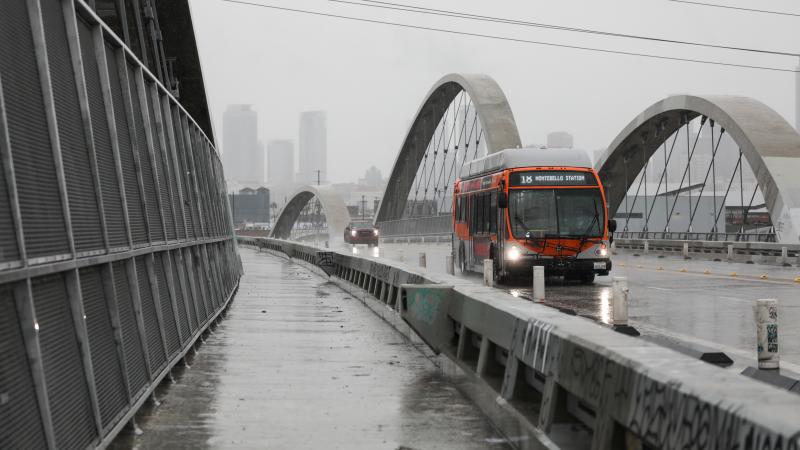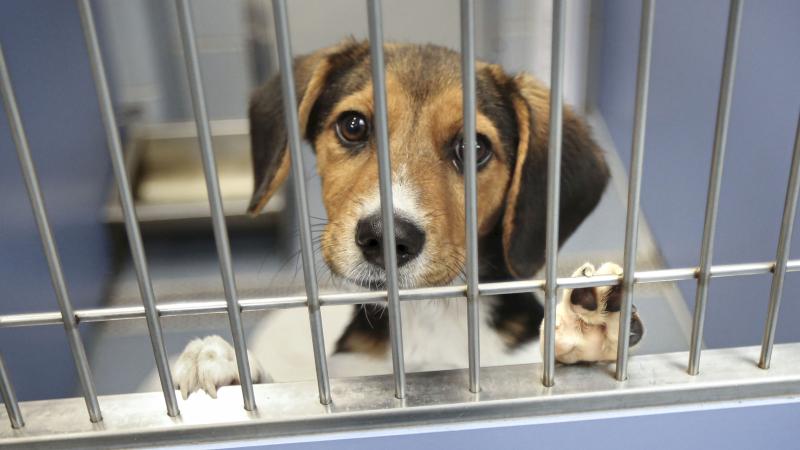Cheap insulation in green-compliant new cladding helped spread Grenfell Tower blaze that killed 72
Environmental compliance-cost squeeze may have led building management to cut corners on safety.
The inquiry into the 2017 fire at Grenfell Tower in London has revealed how the styrofoam thermal insulation layer in newly-fitted wall cladding enabled a small domestic fire to rapidly engulf most of the building, resulting in the loss of 72 lives.
The type of cladding installed complied with advice given to local authorities in 2010 by the Committee on Climate Change (CCC) to reduce emissions through installing new boilers and insulation in apartment blocks.
At the time the U.K. was legally committed to an 80% cut in greenhouse gases from 1990 levels by 2050, and this has since been increased to 100%. To meet the already-extravagant target, huge sums of public money would be needed.
However, in 2012, then-finance minister George Osborne imposed strict borrowing limits on all councils across Britain — including the Royal Borough of Kensington and Chelsea, where Grenfell Towers is situated — pressuring them to make savings where they could.
The Guardian reports that when insulated cladding was installed at the building to reduce its carbon footprint, the Kensington & Chelsea Tenant Management Organisation (KCTMO) put cost above safety.
Despite residents having voted for fire-retardant zinc cladding to be used, KCTMO chose a cheaper alternative — aluminum composite material (ACM) with flammable plastic insulation.
The enquiry has revealed that in a secret meeting the construction company, Rydon Ltd, agreed to a budget reduction of around $1.2m. The lower cost cladding chosen acted as an accelerant, but faulty fire doors and poorly-fitted plastic windows also played their part.
Just six months before the devastating fire happened, residents had been so concerned about the safety of the tower that they formed the Grenfell Action Group, which issued this prescient warning in a blog post titled "KCTMO – playing with fire!":
"Unfortunately, the Grenfell Action Group has reached the conclusion that only an incident that results in serious loss of life of residents will allow the external scrutiny to occur that will shine a light on the practices that characterise the malign governance of this non-functioning organisation."
The tragedy was compounded by the London Fire Brigade’s decision to issue a "stay put" order to residents while firefighters bravely but vainly tried to extinguish the flames.
Grenfell wasn’t the only building clad in order to meet climate change targets. The cost of having to now rip these out to make apartment blocks across the country safe presents the U.K. government with a further financial burden.
Its solution is to make the leaseholders pay a hefty part of the bill. The building minister, Lord Greenhalgh, has said the government will provide about $2.5 billion, but apartment owners will have to pay some of the costs of removing the cladding, though he said this would be “affordable.”
The BBC claims around 3,000 buildings have so far applied for the fund. A tribunal in Manchester has ruled that residents in two apartment blocks will have to pay $15,000 to make their apartments fire-safe. Until that happens, they will also have to pay for 24-hour fire safety wardens — and they are not alone.
Abi Tubis and her husband live in an apartment in Leeds and have to pay $600 a month for fire wardens on top of their mortgage. “We might have to declare bankruptcy due to this,” she told the BBC. “I wake up every day thinking why is this happening to me?” Until the cladding is removed they cannot sell or remortgage the flat. In tears, Abi stated they are unable to start a family because, “We cannot bring up a child in an unsafe home.”
29-year-old Alex Di Giuseppe, who owns an apartment in Manchester, agrees. “There's a lot of stress involved living in a building that's technically unsafe,” he said. “There are costs we can't afford, and we can't sell our apartments. We are mortgage prisoners.”
Thousands of people across the U.K. are now forced to pay for a problem they didn’t create at the same time as the government’s COVID lockdown continues to cause job losses and uncertainty.
Meeting the U.K.’s net-zero CO2 target by 2050 has been estimated to cost $1.5 trillion. With unforeseen events like COVID also adding hundreds of billions to its debt, similar cost-saving measures that lead to loss of life cannot be ruled out.
The charred remains of the tower originally had a white covering placed around it, but the survivors group Grenfell United wanted the color changed to green at a potential cost of $600,000. As a compromise, a giant green heart was placed at the top with green floodlights illuminating it at night.
A friend of a Grenfell survivor said: “We wanted it to be a vivid color so that this devastating tragedy would not be forgotten.” An unintended consequence is that Grenfell Tower now looks like a monument to an ill-conceived green policy.
















